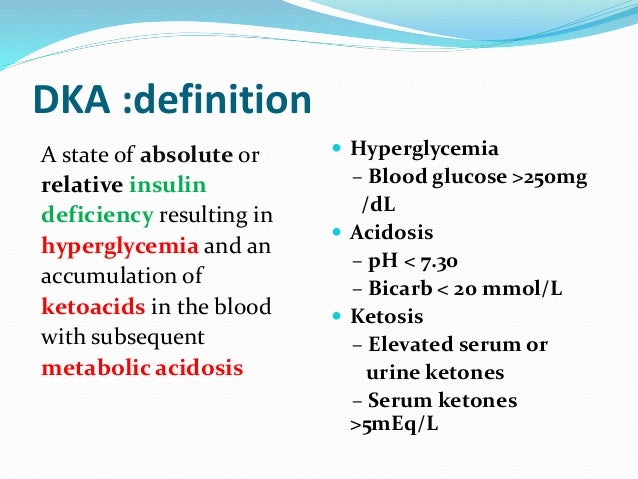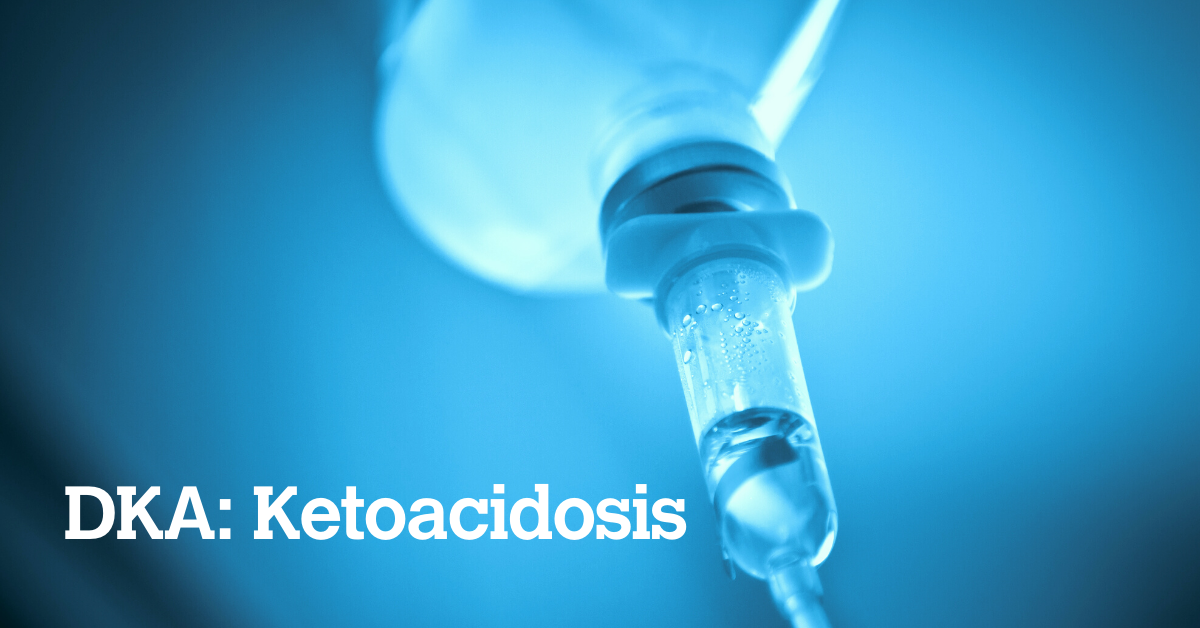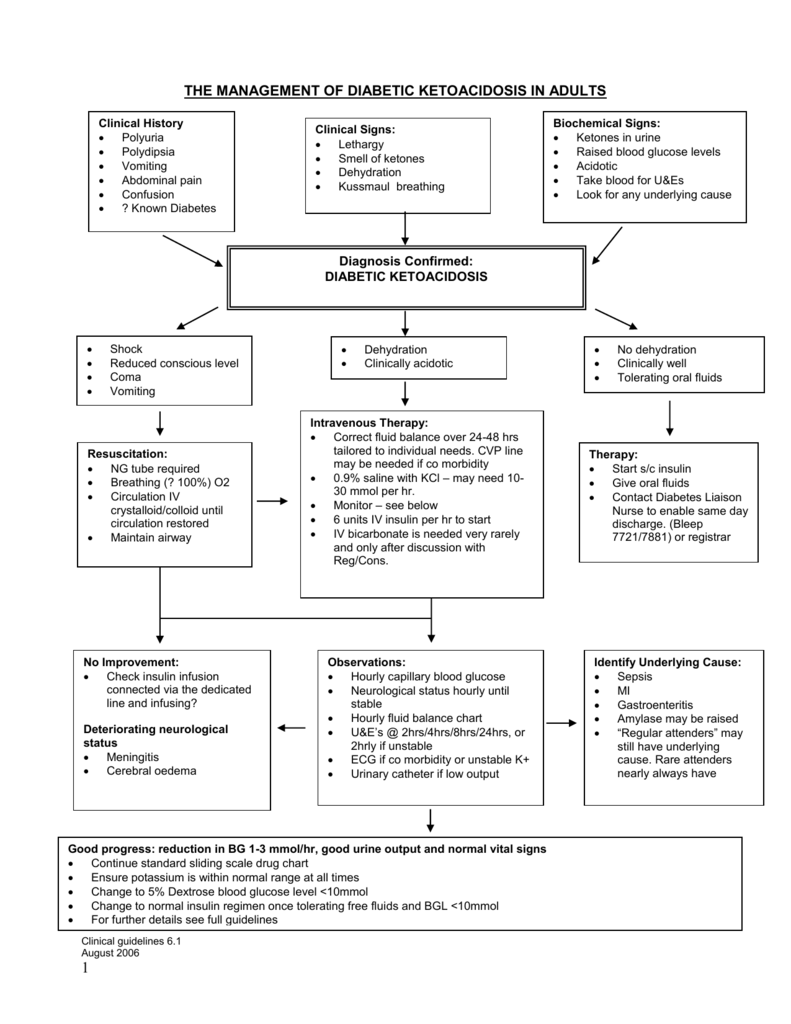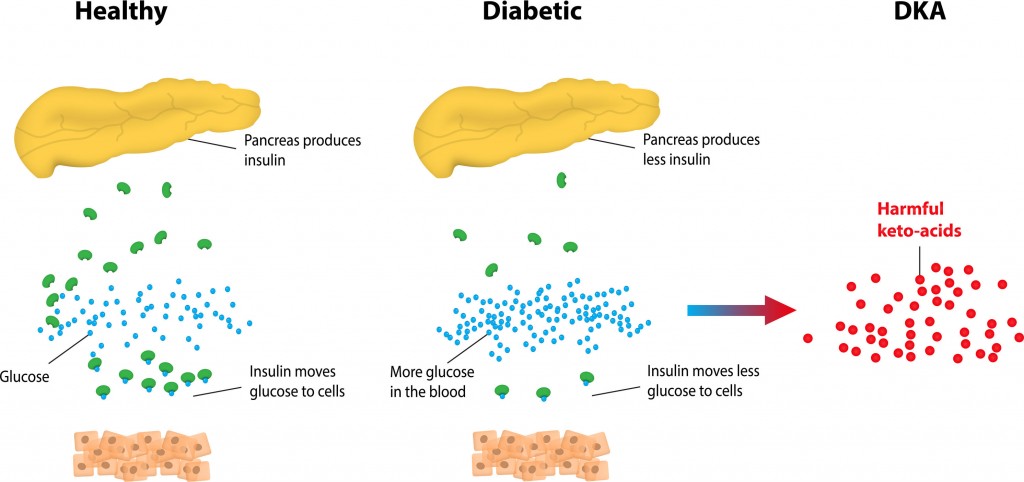5 Epic Ketoacidosis How To Treat Work
7 Fail Proof Ketoacidosis How To Treat - If an infection has triggered the episode of diabetic ketoacidosis, you will be simultaneously treated for the infection. Acute management of diabetic ketoacidosis in adults this protocol is for the acute management of diabetic ketoacidosis in patients 16 years and over.
 Diabetic Ketoacidosis in Children (DKA) . How to treat alcoholic ketoacidosis alcoholic ketoacidosis can put a person in a lot of pain and ultimately lead to death.
Diabetic Ketoacidosis in Children (DKA) . How to treat alcoholic ketoacidosis alcoholic ketoacidosis can put a person in a lot of pain and ultimately lead to death.
Ketoacidosis how to treat

13 Work Ketoacidosis How To Treat. This dogappy article covers the symptoms, treatment and preventive measures for ketoacidosis in dogs. To avoid this, electrolytes, including Diabetic ketoacidosis (dka) is a serious problem that can happen in people with diabetes if their body starts to run out of insulin. Ketoacidosis how to treat
1 the disorder can have significant mortality if misdiagnosed or mistreated. We have seen a similar case of. Complications most complications come from the methods used to treat dka, and may include: Ketoacidosis how to treat
The direct and indirect annual cost of dka hospitalizations is 2.4 billion us dollars. People with type 2 diabetes can also develop dka. If a patient has elevated bgl and ketones but is not acidotic they need to be Ketoacidosis how to treat
It is created by an insufficiency of insulin in the body. Henry hammerbeck, bedford hospitals nhs trust, bedford mk42 9dj, uk. Alright, so let’s take a look at what dka actually is. Ketoacidosis how to treat
According to a 2020 article, there are three. There, you will receive emergency. Common symptoms and signs include increased thirst, polyuria, weight loss, excessive tiredness, nausea, vomiting, dehydration, abdominal pain, hyperventilation, and. Ketoacidosis how to treat
Diabetic ketoacidosis treatment if you don't treat ketoacidosis, you could pass out, go into a coma, and possibly die. It is uncertain how long it will stay active in these solutions so suggest a new solution is made every 24hrs. How to treat diabetic ketoacidosis in dogs diabetic ketoacidosis is a serious condition in dogs which requires extensive treatment for recovery. Ketoacidosis how to treat
It can cause pancreatitis, coma, psychosis, or encephalopathy, a brain disease. Treatment of diabetic ketoacidosis c. Some children and adults who don’t realise they have type 1 diabetes don’t get diagnosed until they are very unwell with dka. Ketoacidosis how to treat
1 the direct and indirect annual cost of dka hospitalizations is 2.4 billion us dollars. Numerous management strategies have been described. This can be in the hospital, a doctor’s office, or home. Ketoacidosis how to treat
Our aim is to describe a regimen that is based, as. Glargine can be administered to ketoacidotic cats by: Diabetic ketoacidosis (dka) is a potentially fatal metabolic disorder presenting most weeks in most accident and emergency (a&e) departments. Ketoacidosis how to treat
How do i treat it? The fluids and insulin used to treat diabetic ketoacidosis can cause your potassium level to drop too low. Insulin (vriii) & continue d. Ketoacidosis how to treat
Starvation ketoacidosis happens when a person has fasted for an extended period, and their body begins to break down muscle to use as fuel. Diabetic ketoacidosis (dka) is characterised by a biochemical triad of hyperglycaemia (or a history of diabetes), ketonaemia, and metabolic acidosis, with rapid symptom onset. Diabetic ketoacidosis (dka) is a serious condition that affects people with type 1 diabetes, and occasionally those with type 2 diabetes. Ketoacidosis how to treat
Okay, so in this care plan, we’re going to be looking at a description of diabetic ketoacidosis, the subjective and objective data that’s relevant, and your nursing interventions and rationales. This medical condition is most likely to occur in patients with type 1 diabetes. You should go to the hospital to treat dka. Ketoacidosis how to treat
Introduction in 2009, there were 140,000 hospitalizations for diabetic ketoacidosis (dka) with an average length of stay of 3.4 days. How to treat diabetic ketoacidosis | tips for fighting dka great naturalwaystolowerbloodsugar.com as long as the disease is managed properly by a doc to r, there is no reason for anyone with diabetic ke to acidosis to lose their life. (can also be given im) theoretically alcohol patients have a thiamine deficiency Ketoacidosis how to treat
If you are receiving medical care, they will give you an iv. Consider the following points in management of aka: Ensure clinical & biochemical markers improving Ketoacidosis how to treat
A low potassium level can impair the activities of your heart, muscles and nerves. Elevated ketones are a sign of dka, which is a medical emergency and needs to be treated right away. At home, you can drink fluids by mouth. Ketoacidosis how to treat
Dka is most common among people with type 1 diabetes. One of the first things that will be done to treat your diabetic ketoacidosis is to replace fluids. Ketoacidosis how to treat
 Diabetic Ketoacidosis Treatment Cheat Sheet Medical eStudy . One of the first things that will be done to treat your diabetic ketoacidosis is to replace fluids.
Diabetic Ketoacidosis Treatment Cheat Sheet Medical eStudy . One of the first things that will be done to treat your diabetic ketoacidosis is to replace fluids.
 blood control remedies how do you cure diabetic ketoacidosis . Dka is most common among people with type 1 diabetes.
blood control remedies how do you cure diabetic ketoacidosis . Dka is most common among people with type 1 diabetes.
 What is Diabetic Ketoacidosis? Diathrive . At home, you can drink fluids by mouth.
What is Diabetic Ketoacidosis? Diathrive . At home, you can drink fluids by mouth.
 guidelines in the treatment of diabetic keto acidosis (dka) . Elevated ketones are a sign of dka, which is a medical emergency and needs to be treated right away.
guidelines in the treatment of diabetic keto acidosis (dka) . Elevated ketones are a sign of dka, which is a medical emergency and needs to be treated right away.
 Ketoacidosis . A low potassium level can impair the activities of your heart, muscles and nerves.
Ketoacidosis . A low potassium level can impair the activities of your heart, muscles and nerves.
Review:BMJ 糖尿病性ケトアシドーシス Diabetic ketoacidosis in adults . Ensure clinical & biochemical markers improving